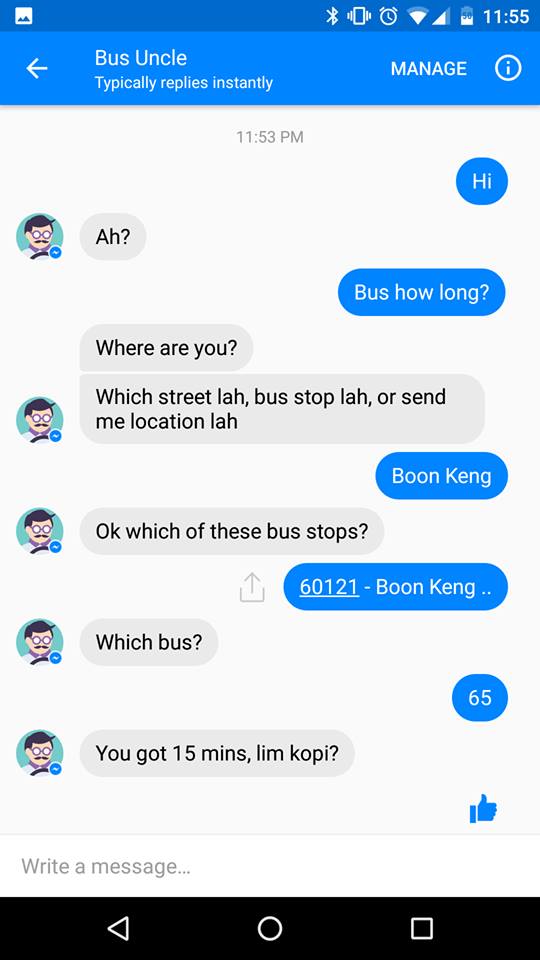This week’s assignment is about the Smart Nation initiative, which was launched in late 2014. Part II can be found here.
A Brief Overview
The Smart Nation seeks to improve the way we live, work, play and interact with each other through the use of data analysis and information communication technology. These technologies are gradually being implemented in our public infrastructure, transport networks, housing environments, businesses as well as healthcare and day-to-day services. These innovative solutions aim to create a sustainable and comfortable way of life, which simultaneously connects members of society and strengthens community ties.
“I think for Singapore, what we really want to look at is how do you use technology, networks, big data to deliver the benefits to citizens in terms of improving their quality of life, to forge stronger communities, to improve productivity and industry and how technology can be an enabler as we move towards an ageing population. At the end of the day, what defines a smart city is whether technology has made a positive difference in the lives of the citizens.”
— Chay Pui San, Deputy Head of Smart Nation Programme Office
A well-designed Smart Nation initiative
I think the Smart Nation tele-health initiative is a thoughtfully designed improvement to eldercare, especially in our aging society. It understands the needs of our fast-paced society where working adults are divided among many commitments such as their career, children and elderly parents. The elderly monitoring systems allows family members to monitor their parents or grandparents remotely. The system monitors movement patterns, notifying caretakers of their whereabouts and any unusual activity within the home through a mobile application.
Elderly can also wear panic buttons around their necks to alert caretakers of an emergency. If they were to fall, the elderly person can immediately signal for help using the button. This is rather
well-designed as it is portable, physical and works well regardless of one’s digital competency. Although simple, it makes far more sense than a sleek mobile application.
Connectivity and Openness
Seamless connectivity is an integral aspect of Smart Nation. This ensures reliable real-time data which can be used to monitor transport networks, crowd patterns and environmental conditions.
So what can be done with all this data? It works hand in hand with openness to build a smarter nation and encourage innovation. Businesses and individuals can access government data to co-create solutions. We see these independent initiatives manifest as popular transport applications like SG BusLeh and the Facebook chatbot Singapore Bus Uncle, which can track real-time bus locations, arrival times and measure how packed a bus is. These applications were made in the spirit of open source and their interfaces even have a local flavour.


Apart from being open and transparent, these initiatives can also be improved through continuous community contributions and feedback. Although not everyone can develop chatbots and apps, members of a town can contribute by sending on-the-ground updates (e.g. lift breakdowns, mosquito breeding grounds etc.) to alert agencies about municipal issues.
Becoming a Smart Nation: Potential Problems and Possible Solutions
As a society, we will have to alter our behaviour and way of living in order to fully utilise this technology. To achieve this, we will need bridging schemes to encourage people to embrace these new technologies and way of life. For example in 2016, new modes of contactless payment such as Apple pay and Android pay were made available in Singapore. Exclusive incentives such as timbre+ $1 Good Eats were set up, which encouraged people to try the new system.

More importantly, the technology should be embedded in a seamless and non-intrusive fashion. This is where good, people-driven design comes into play. With the development of a smart nation, members of the community also need to play an active role so as to not feel detached or herded.
Many of these initiatives are implemented using smartphone applications, typically with graphical user interfaces (GUI). Although these are a great start, how will we prevent marginalised groups of people in our society from being left behind as Singapore develops into a smart nation? Perhaps, some of these digital technology solutions should be installed in public spaces for people who lack access to smart devices. Furthermore, to aid members of our community with low computer competency, we should aim to go beyond GUI, and incorporate more tangible media interfaces.
Singapore’s future as a Smart Nation is exciting and promising. Nonetheless, we have to be aware of such limitations and work towards minimising any gaps in society created by technological differences.
